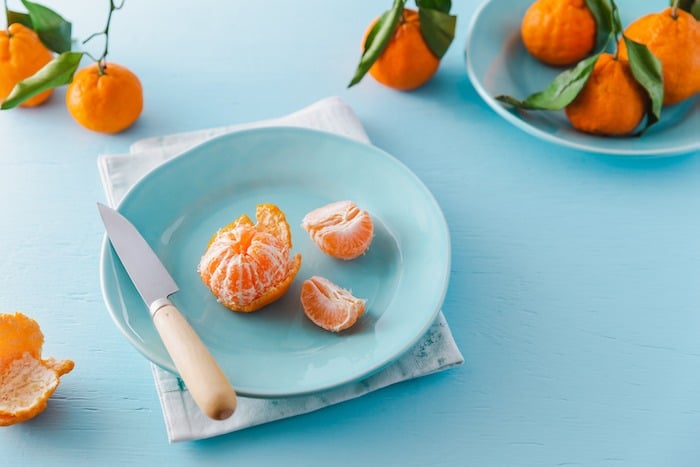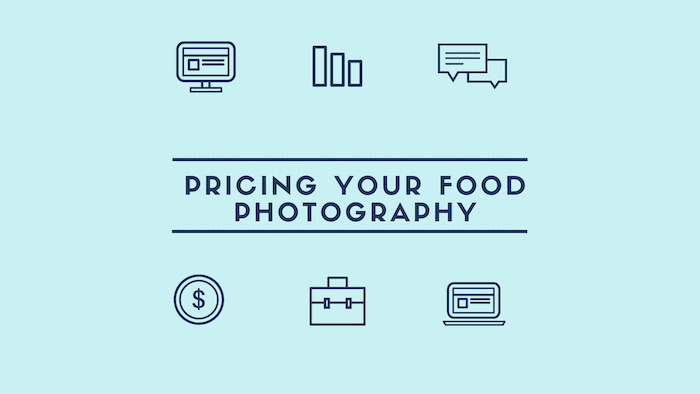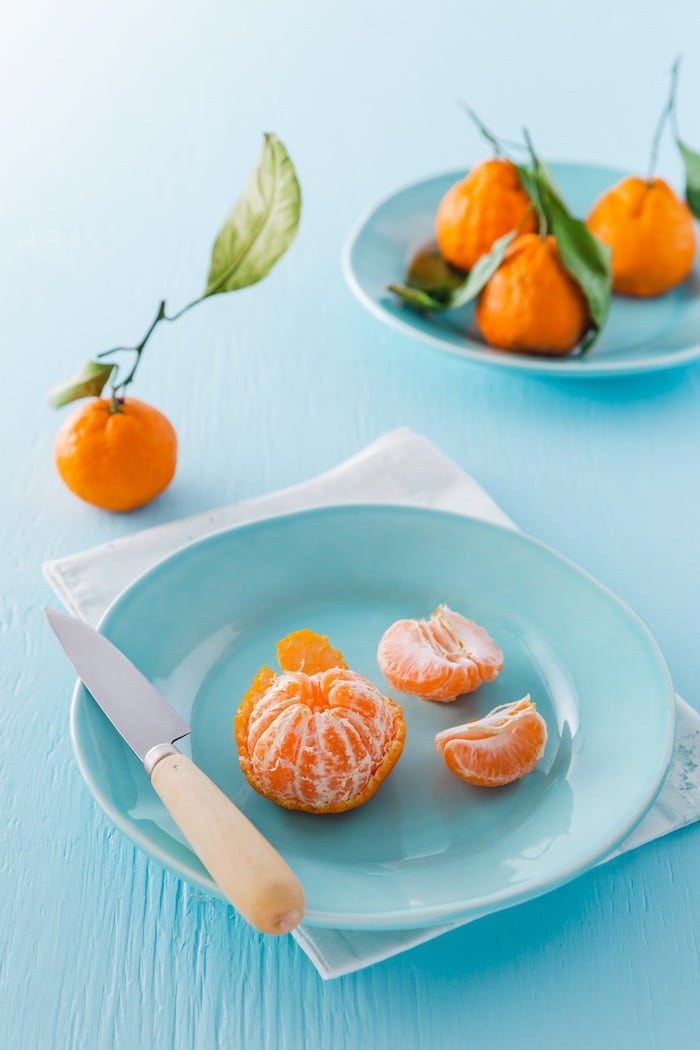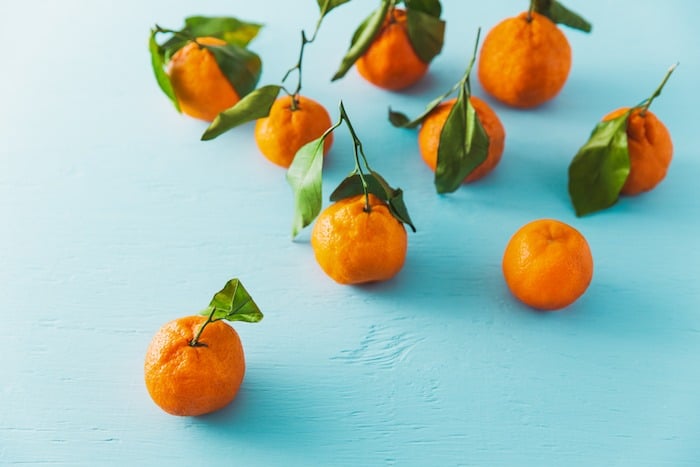
When you start out in food photography, one of the first things you should figure out is your COB–cost of doing business.
Too many photographers are focused on what their competitors are charging and trying to figure out the going rates in their marketplace without crunching the numbers to see how much money they need just to run their businesses.
Photography is not like a lot of other solo freelance businesses, where all you need is an Internet connection and a laptop. It’s a very expensive business to run, even when you do the best you can to keep your expenses low.
When I mentor new photographers, whether it’s in person or online, one of the first exercises I get them to do is to write down all the things they might need to pay for in their first year of business. The list often looks something like this:
- liability insurance
- worker’s compensation insurance
- web hosting
- backup drives
- tripod
- memory cards
- batteries
- lens filters
- lens hoods
- reflectors
- diffusers
- lens cleaner
- grey card
- colour checker
- colour calibrator
- Creative Cloud software
- contract signature software or CRM
- accounting software
- print portfolios
Notice this list doesn’t include gear. Everyone already has some gear, and who doesn’t always want more?
So my question for them is how much is this going to cost you and how much money will you need to make to pay for it and turn a profit?
The answer is not $30.00 bucks an hour. It’s not even $50.00 or $100.00 bucks an hour, because you’ll have to log a lot of non-billable hours in your business.
Can you afford to charge a client three hundred bucks for ten images with these kinds of expenses?

When you’re setting up your income goals and determining your pricing, you need to not only figure out your COB and how much is required to meet your living expenses, you’ll also need savings to take you through the lulls in business. There will be a lot of them the first few years starting out. Food photography especially can be a seasonal business; most of the marketing efforts are created in the fall and winter for launch in the summer. And never mind trying to get gigs during tax season, when budgets have run out.
In the beginning, you may not be able to justify high rates, but you still need a number that you’re comfortable with and reflects your value, and doesn’t undercut everyone else. Also, a lot of your business could end up coming from regular clients. It can be difficult to suddenly make significant increases to your prices without alienating regular, repeat business.
I’ve seen a lot of pricing models where you’re asked to determine how much you want or need to make each year, how many weeks you want to work in a year, and how many shoots you want to do in a month to come up with a number for what to charge per shoot.
This is a joke. You won’t have a choice about how many clients you’ll be able to get. Yes, how many shoots you want to do in a month is a projection, but the reality is that it will take you a long time before you’re shooting for clients even once a week. Furthermore, doing more than 4-5 shoots every month will have you burned out within a year. Food photography involves a lot of pre-production and post, and there so many moving pieces in managing your business that take up a lot of time. Personally, a one-day shoot usually ends up taking about four days of my time.
You’ll probably be working with a couple of clients a month. If you’re doing smaller jobs for smaller clients, you might do more, but you won’t be able to charge as much. You probably won’t be able to make your overhead, make a profit, and put some aside for a rainy day or to upgrade your gear.

So what should you do?
You should get a job. Or keep one. Or find some way of bringing in extra money, whether it’s related to photography or not.
Most of the photographers I know that have been shooting less than ten years have other ways of bringing in income. They teach, create products like e-Books and courses, or have a family situation that doesn’t depend on them having a full-time income
In my first year of business I started strong right out of the gate. I had a plan, marketed like crazy and pounded the proverbial pavement to get clients. I made $30K in sales in the first eight months of launching my business. I shot a cookbook for an American publisher and some major campaigns for national brands. I thought things would continue with upward momentum and that I was on a roll. Then out of left field things suddenly slowed down drastically. I took a hard look at my expenses and discovered I hadn’t made much money at all.
I don’t want to be a Debbie Downer here. I truly believe that the opportunities for photographers have never been greater and that there is a lot of money to be made in this business.
But I would be lying if I didn’t tell you that it takes a lot of perseverance, relentless marketing and developing a thick skin. There are so many online entrepreneurs that make it all look so easy. People who seemingly have come out of nowhere and built an empire. The reality is that it took them a lot of blood, sweat, and tears to get there. You also don’t know what they have sacrificed, so don’t compare your insides to their outsides.

Building a business is hard. Having a job is a lot easier, even if you hate it. If you do hate it, my advice is to get another one. If you don’t hate your job but tolerate it, shift your attitude and look at it like your dream funder.
It’s not having a certain job, house, business or life that upsets us, it’s how we feel about it.
So what is the one thing you should know about pricing your food photography?
Determine your Cost of Doing Business. Until you know that, all the pricing strategies in the world will be irrelevant.






